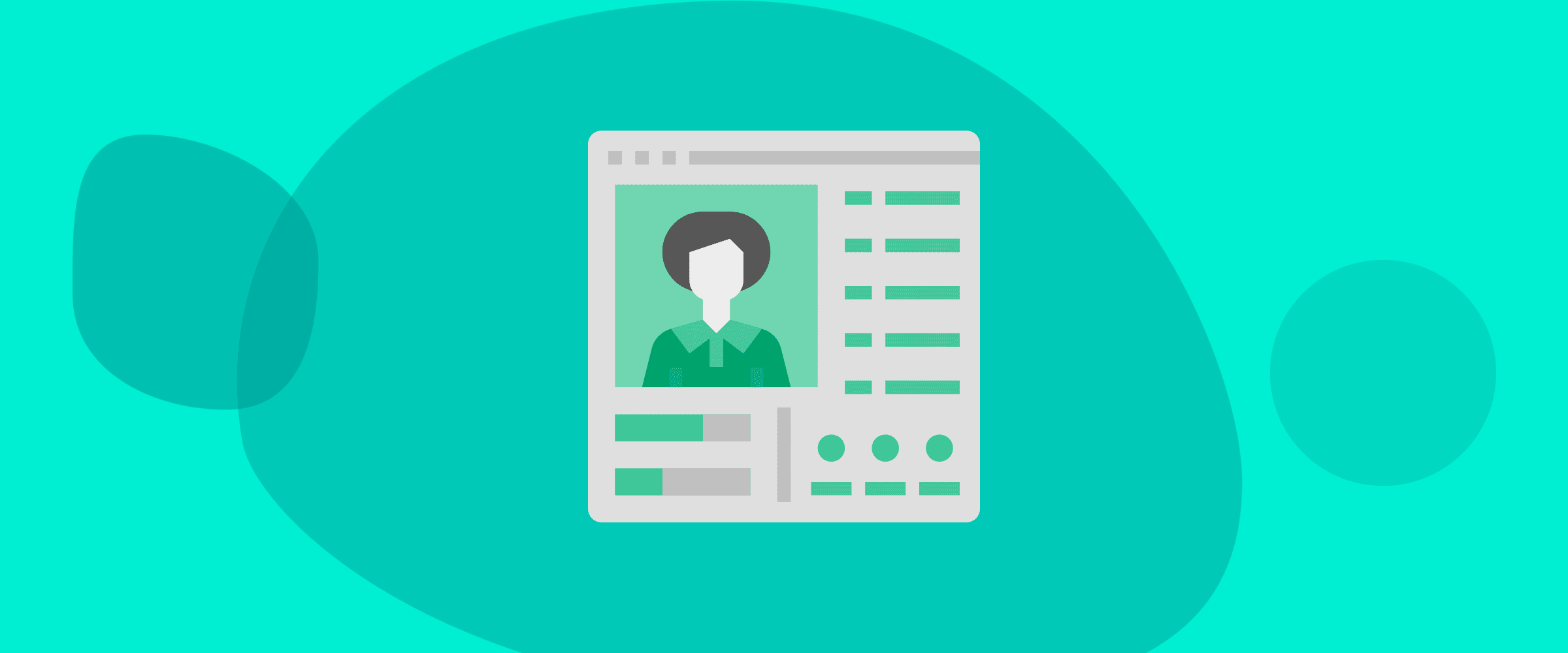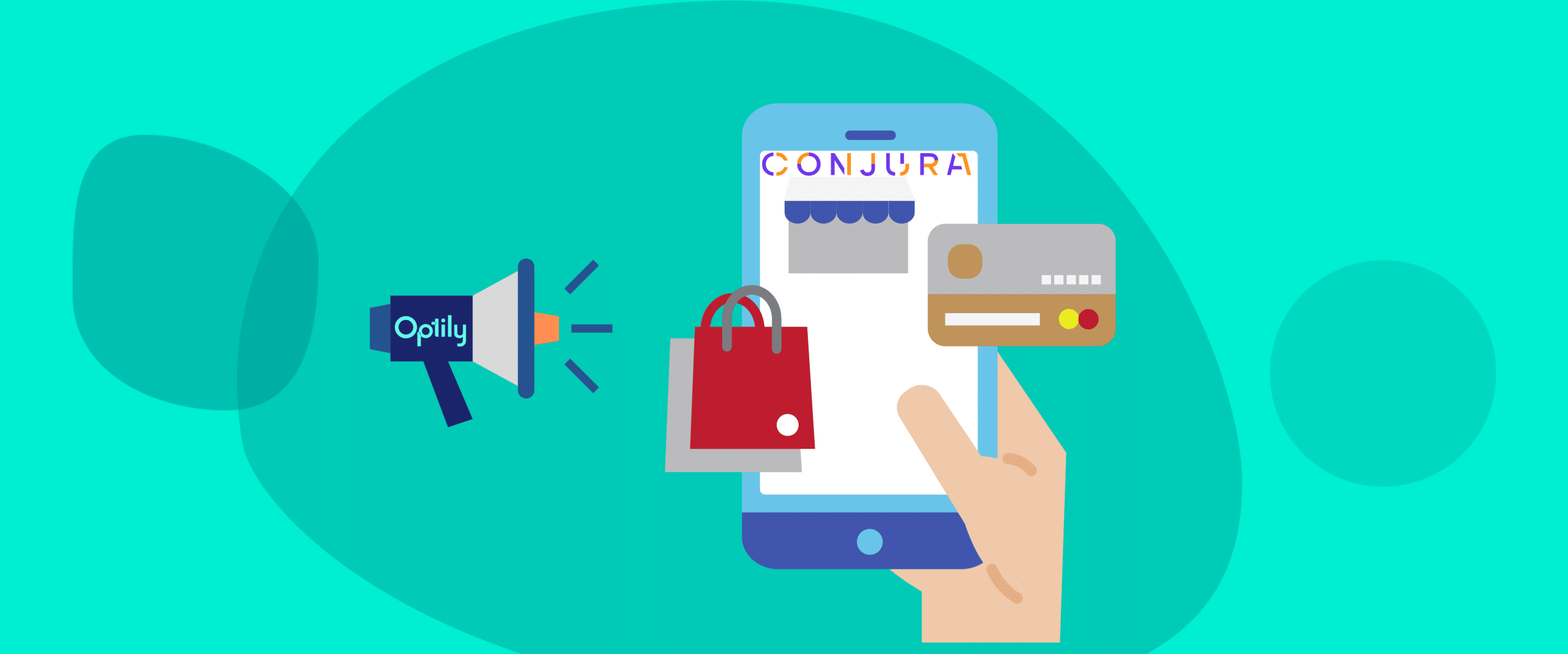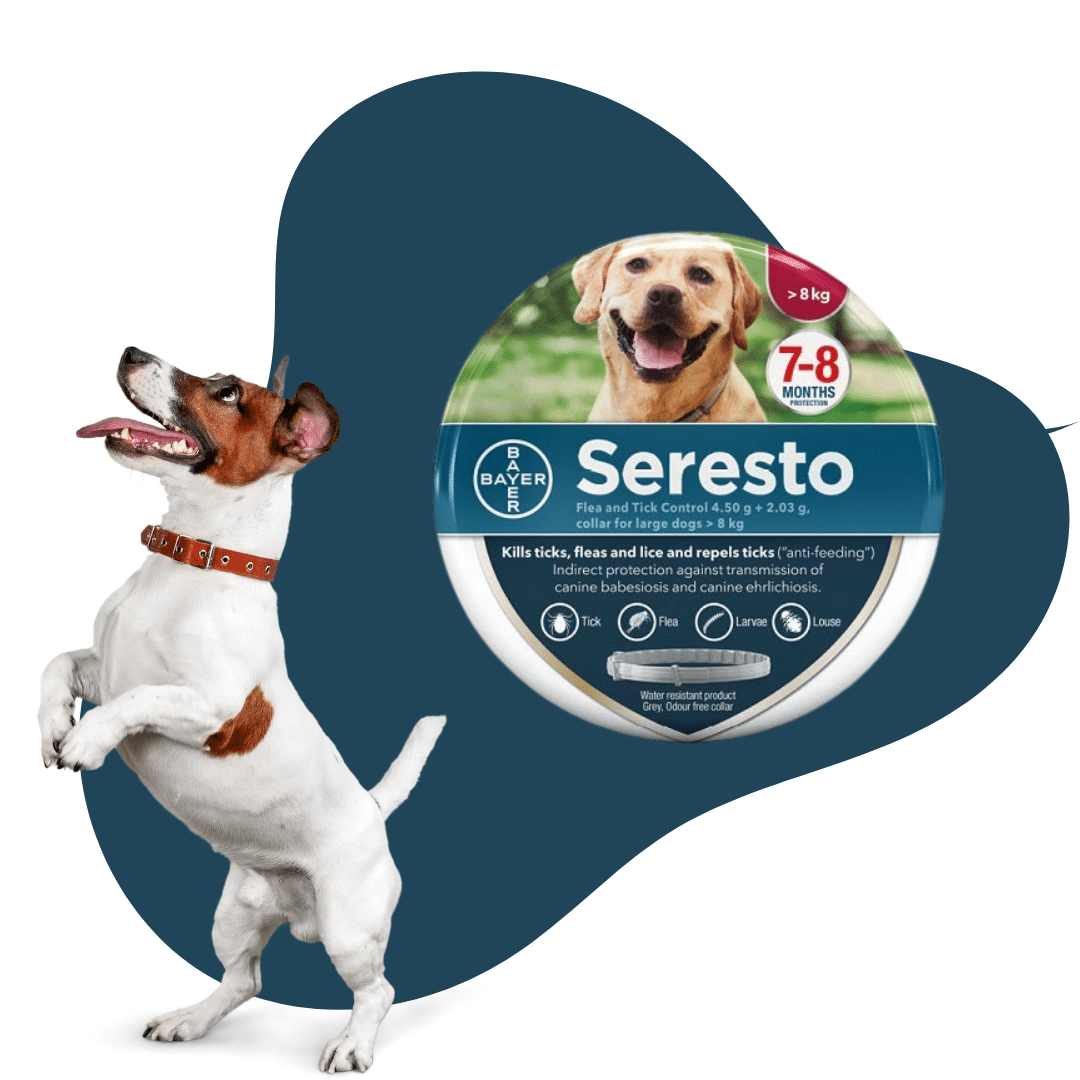These lines from Rachel Hogue ring true because unless you know who your buyers are, diving into paid advertising might be challenging.

Knowing everything about your buyers helps maximize the advertising return on investment (ROI).
To better understand buyers, companies create a buyer persona. But what is a buyer persona?
Join the Optily newsletter!
Stay up-to-date on platform changes, digital marketing tactics, and industry news. We promise we won’t spam!
What is a buyer persona?
Buyer or user persona is fictitious and generalized characters that help you understand potential buyers’ likes, dislikes, and requirements.
Typically, a user persona analyzes your ideal buyers and their behavior patterns, skills, attitude, background information, and problems.
These personas are a storehouse of demographic information like age, location, income, and psychographic information, like interests and reasons for choosing a product or service.
A buyer persona is a must-have because it helps you target and personalizes local marketing efforts. This happens because companies receive actionable insights into what motivates buyers to purchase.
To simplify your life, in this article, we discuss how to use a buyer’s persona to guide your ad targeting, explore ways to create a perfect ad, and outline some FAQs.
How to use buyer personas to guide your ad targeting
Here are a few ways to use buyer personas for ad targeting:
-
Create dynamic search ads
Dynamic search ads (DSA) are ads that Google automatically creates based on your website content and user’s search query. While there is little that you may do to change the user’s query, you may focus on crafting your website design, content, and experience by keeping the buyer’s persona in mind.
Interestingly, bringing web content personalization to life will help you overcome the one-size-fits-all approach regarding website content and design.

So, keep your buyer’s persona in mind when embarking on a website design. Your website might have two or three, or four buyer personas.
Creating a customized page for every buyer persona gives Google crawlers more content from which they can create the DSAs.
2. Reallocate your ad spend
Next, try to understand your buyer’s requirements and learn where they spend most of their time.
When you have this information, you know their favorite online websites, publications, and news sources.
With this knowledge, you’re aware of where to spend the ad resources. When most of your users are using Instagram, allocating your ad spends on Facebook might not be beneficial.
Based on your user persona, you might reallocate resources.
Interestingly, with behaviorally targeted ads making buyers more likely to buy a product than non-targeted ads, using a buyer’s persona guides your ad targeting.
To help you instantly see which ads are working across your channels, try the Optily app on Shopify. You can instantly reallocate your ad spend to the campaigns that are doing the most for each target audience.
3. Run more effective ad campaigns on social media
If you’re planning to start a social media ad campaign, conducting user research is essential.
When creating ads on social media campaigns, a buyer persona does much more than help you write great copy or eye-catching design creatives.
Interestingly, the buyer’s persona helps in shaping your audience’s segments.
For instance, if you’re looking to reach buyers, you might use the buyer’s persona to create interest-based audiences or use demographic data like age and gender to know your audience better.
Using a buyer’s persona for ad targeting is beneficial, as it might help you reach more relevant social media users.
This helps you run an effective paid social media campaign that delivers the intended result.
4. Supercharge your on-app ad campaigns
Through user research, you can often find out if your audience frequently uses certain mobile or web applications. Using this data, create on-app ad campaigns to expand your audience and provide a seamless experience.
The detailed buyer persona helps you identify the apps your potential buyers use. It also provides details about the type of ad they like to see.
This process helps optimize your ad campaign and allows you to connect with your ideal audience, including existing and prospective buyers.
Apart from helping you optimize the ad campaign, these personas ensure your on-app campaigns can supplement your other targeting efforts. This boosts brand awareness and increases sales.
How to use a buyer persona to create a perfect ad
Follow these steps to use a buyer’s persona to create a perfect ad:
1. Create a compelling headline
Whether you’re creating an article or an ad, it’s the headline that captures the interest of your target audience. With eight out of ten users reading only the headline and only two out of ten reading the rest, creating a magnetic headline using a buyer’s persona encourages users to click on the ads you share.

When creating your ads, remember your users, know who you are aiming your ads at, and what might grab the user’s attention.
Before writing your headline, delve into your user’s data to understand what they want from your company.
2. Create tension with your images
You read it right. It might help you create tension with your images. When creating your ad, ensure your audience does not get bored with monotonous images.
But what are boring images?
It’s when you pair up a literal copy with a literal image. For instance, if the ad headline is “Make money even in your dreams.” In such a situation, when using a literal image, the company might use a stock photo where a person is dreaming while literally making money in their sleep.
The trick here is creating an image that taps into the emotions of your buyers. Use playful images that deliver the intended message.
3. Eliminate buyer objections to nailing your CTA
With a user persona in hand, you know what your buyer’s objections might be and aspects they do not like.
For instance, when requesting a user to download your digital offering, the user might object and say that they don’t want any commitment. Such CTAs create friction and discourage a user from taking the desired action.
So, when creating an ad, ensure to add a line saying, for example, “No fees. No commitment.”
This helps ease tension and can help you create perfect ads.
In a quest to eliminate buyer objections, don’t forget your actual CTA. Ensure your CTA speaks directly to your user clearly and directly. Be clear on what actions you want a user to take and use trigger words like share, buy, click or download.

By using the user persona, you know the needs and requirements of your users, and these trigger words help in triggering their emotional buttons.
For instance, “Plan your dream home with us” is a CTA that excites a user searching for their home.
Frequently asked questions (FAQs) about buyer personas
Here are some frequently asked questions about buyer personas:
What does a buyer persona include?
Your buyer persona includes what you might need to know about your buyers, their pain points, needs, and other helpful information. The buyer persona can include information as:
- A fictional name
- What are their goals and values
- Types of organizations they work for
- Communication preferences and where they might find helpful information
- Most pressing pain points
- Why they’re looking for your solution
The key is to create a practical and accurate buyer persona. One of the best ways is to talk to your buyers. Unfortunately, many companies fail to do this because of a lack of resources or time.
Knowing your buyers and creating a user persona after an interview are essential to gain a competitive advantage.
How many user personas do you require?
To identify how many personas your company should have, your research team needs to do some market research. From the market research, you might end up with more than one user sub-groups, each of which has a unique trait and characteristic.
Focus on describing these groups precisely so that you might transform them into personas.
Ideally, having one or two personas per industry is beneficial.
Based on your company’s offering, you might have more than two personas. While there is no limit to the number of personas, having too many might confuse buyers and your team members.
Using buyer’s personas for your advertising
Buyer persona stands out from other marketing tactics because it uses actual user data. As there is nothing theoretical about them, they represent an ideal audience.
Though creating a buyer persona might require time, tools, and teamwork, its result is outstanding.
After creating a persona, you have a valuable tool in your arsenal that helps you create compelling content, improve ad performance, and effectively communicate with your audience.
It can help you reach your business goals while magically solving your buyers’ pain points.






